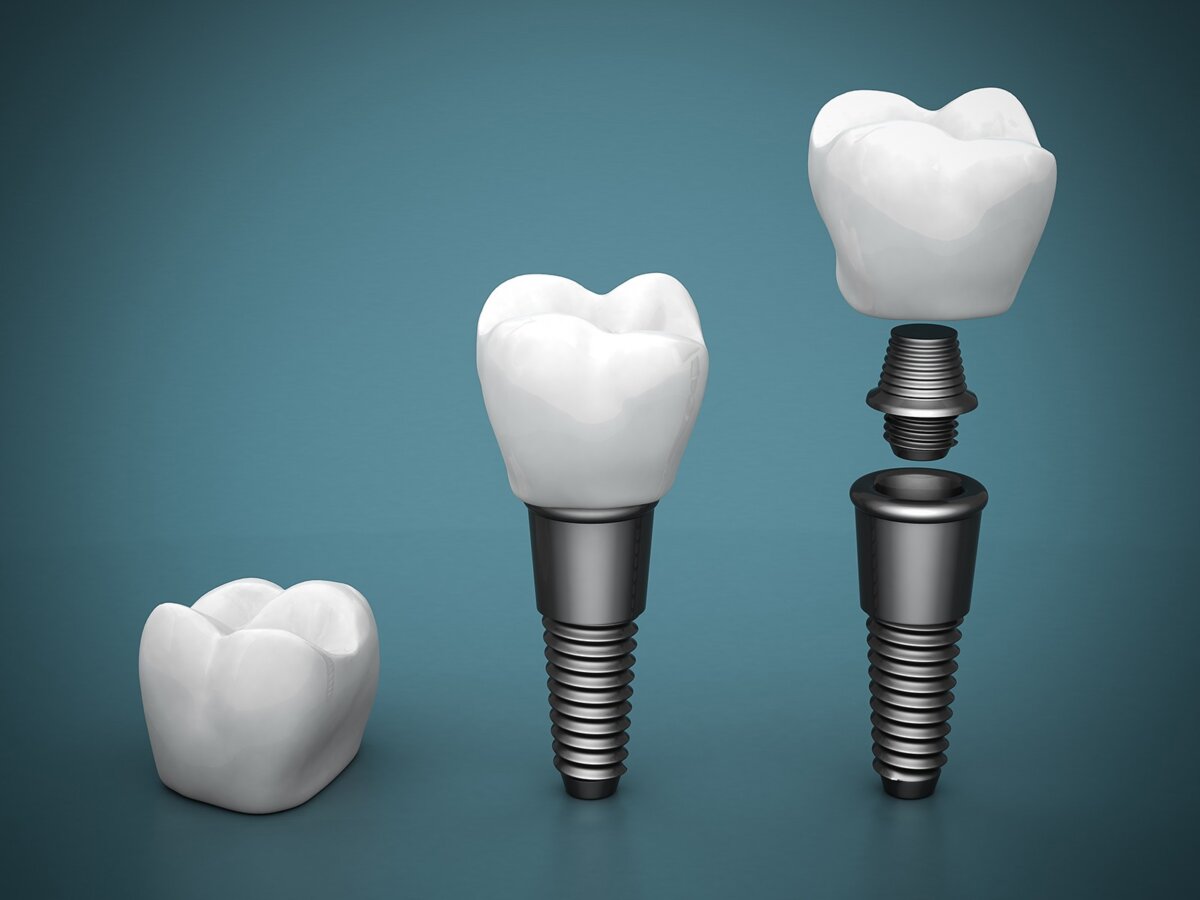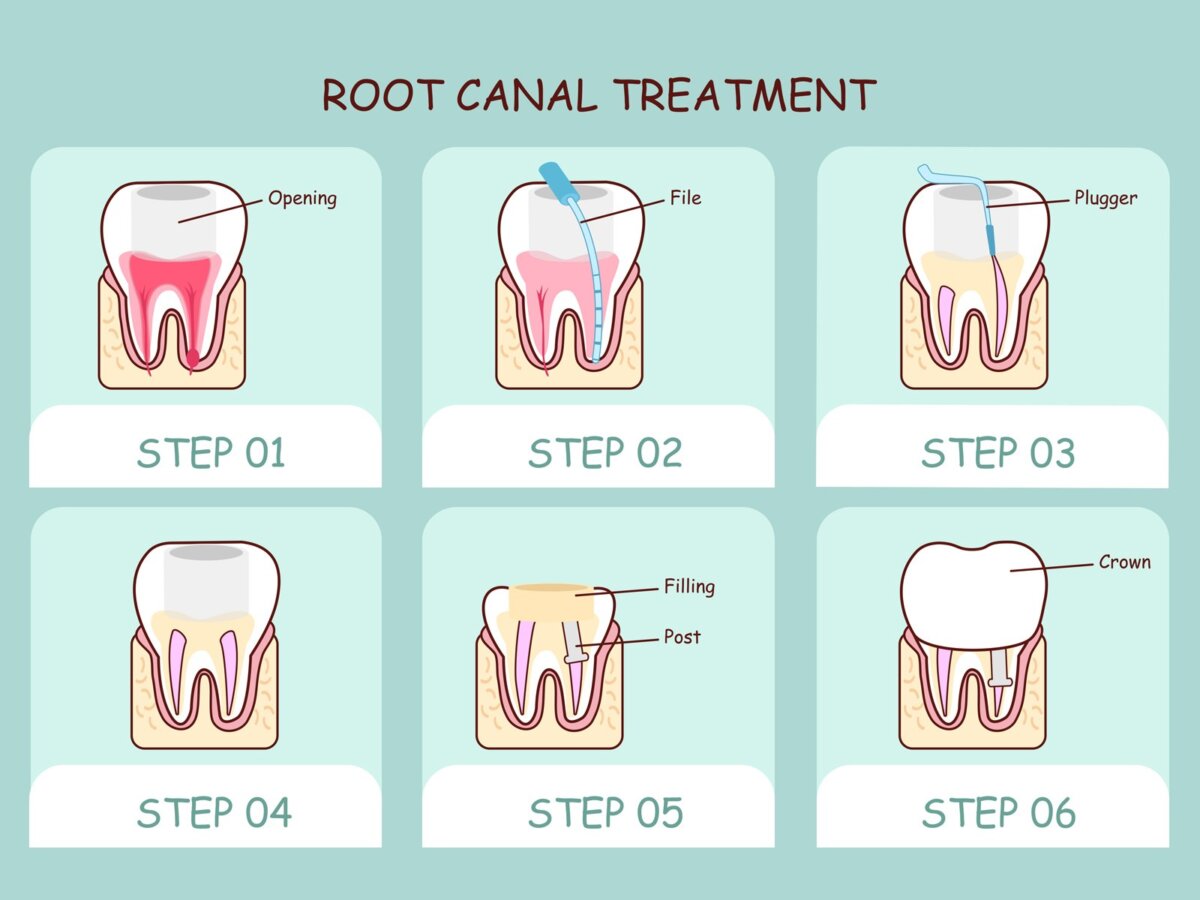The different components of dental implants are rarely considered by most people. However, you would need them if you were missing teeth or had one missing.
Placing Abutments and Making Your Prosthesis with Dental Implants
A dentist may recommend dental implants if you are missing a tooth or teeth. It is an artificial tooth root. Implants fuse with your jawbone to provide a secure platform for prostheses (artificial teeth). An abutment connects the prosthetic tooth to the implant. As part of your treatment, an abutment and prosthesis may be necessary.
Abutments
It is possible to place abutments at the same time as implants. But surgery to place abutments is usually done only after the implants have fused with the jawbone. In most cases, the second procedure is less invasive than the first. The type of abutment you need may depend on your dental needs. As the gum tissue heals around the implant site, healing abutments (also known as healing cuffs) are used. Final abutments are placed after the gum has healed so that the implant and prosthesis can be connected.
The Placement of Abutments
- Exposure of the implant. An incision is made in the gum tissue before a second surgery to place abutments is performed.
- Placement of healing abutments. It is common to attach a healing abutment to an implant temporarily.
- Abutments are then placed permanently. Abutments are placed once the gums have healed.
After Abutments Have Been Placed
Gums usually heal around abutments in 4-6 weeks. Follow your surgeon’s advice regarding what foods to eat during that time. You will also be instructed on how to clean around the abutments. Good cleaning prevents infections and facilitates healing.
Schedule your appointment with a dentist today and get the treatment on time!






